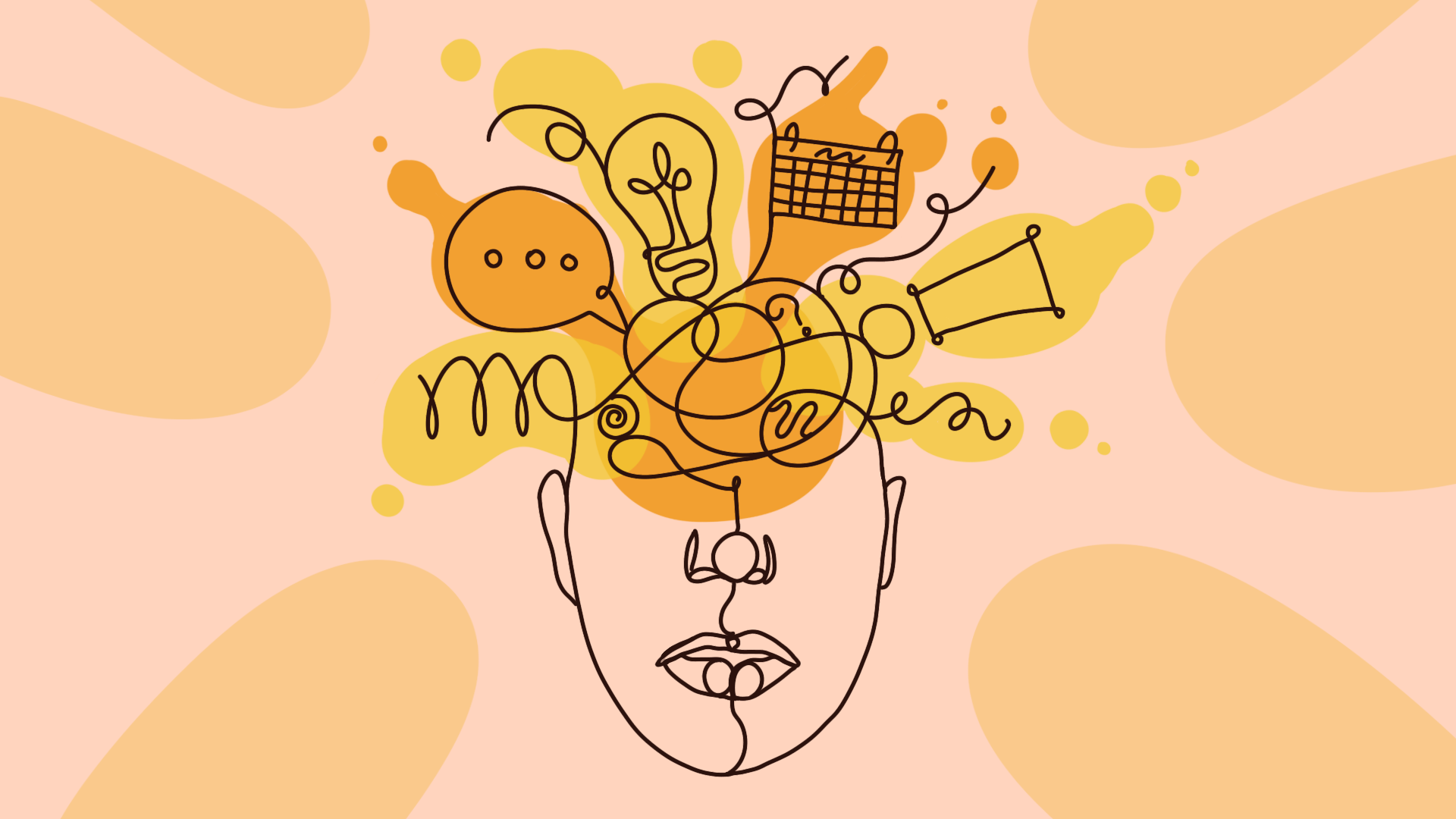
Millions of people worldwide suffer with Attention Deficit Hyperactivity Disorder (ADHD), which presents difficulties that go beyond simple hyperactivity or attention. For those with ADHD, going about their daily lives can frequently feel like navigating a chaotic environment where restlessness is rampant and focus is erratic. But among the difficulties are methods and techniques that can turn chaos into order, allowing people to capitalize on their abilities and prosper.
Recognizing ADHD
The neurodevelopmental disease known as ADHD is marked by recurrent patterns of hyperactivity, impulsivity, and inattention that have a substantial negative influence on development and functioning. ADHD is frequently identified in children, but it can also be present in adults, causing lifetime difficulties in the areas of education, employment, and relationships.
Different Types of ADHD
Predominantly Inattentive Presentation
An inability to focus, keep things organized, and obey directions.
Predominantly Hyperactive-Impulsive Presentation
Easily agitated, impulsive, and having trouble focusing for extended periods of time.
Combined Presentation
Characteristics of the hyperactive-impulsive and inattentive types.
ADHD Coping Mechanisms
ADHD management is a complex process that includes lifestyle modifications, behavioral therapies, and occasionally medication. The following are practical methods for fostering serenity and raising standard of living:
Systematic Procedures
Routines that are established and followed promote predictability and lessen impulsivity. This comprises:
Organizing work into digestible chunks with distinct due dates.
Encouraging improved sleep hygiene, which is essential for mental performance.
Staying organized with the use of calendars, planners, and reminders.
The Use of Behavioral Therapy
Assists people in identifying and modifying impulsive behaviors and negative thought patterns.
Deep breathing and meditation are two methods that can improve self-awareness and attention span.
Activity Outside
Frequent exercise elevates mood and cognitive function in addition to physical health:
Cycling, swimming, and running might aid focus and lessen hyperactivity.
Encourage calmness and awareness.
Diet and Rest
Including healthy grains, fruits, vegetables, lean proteins, and veggies can help to balance energy levels.
To enhance focus and emotional control, aim for 7-9 hours of sleep every night.
Adjustments to the Environment
Establishing a space that is ADHD-friendly reduces distractions and promotes productivity:
Calm, clutter-free settings can improve concentration.
Good for improving focus in noisy areas.
Community Assistance
Creating a robust support system is essential for both practical help and emotional health:
ffer sympathy and support.
Provide chances for sharing tactics and experiences.
Expert Interventions
Professional interventions, in addition to self-help techniques, can be extremely important in managing ADHD:
Medication
Both non-stimulants, such atomoxetine, and stimulants, like methylphenidate and amphetamines, can aid in enhancing focus and impulse control.
Psychological Assessment
Targeted treatment is made possible by identifying co-occurring illnesses such as depression or anxiety.
Difficulties and Adaptability
Navigating particular obstacles that can change depending on the surroundings and stage of life is part of being an ADHD person. Nonetheless, people with ADHD frequently display astounding
Strengths Perspective
A lot of people have qualities like intuition, inventiveness, and flexibility.
Self-Advocacy
Acquiring the ability to express demands and request accommodations enables people to flourish.
Final Thoughts
Even though ADHD poses many difficulties, proactive management techniques can turn chaos into peace. Through the implementation of behavioral therapy, physical activity, supportive surroundings, and regulated routines, individuals diagnosed with ADHD can develop resilience and lead satisfying lives. Embracing strengths, getting help from professionals when necessary, and promoting understanding in the community all help to create environments that support the well-being of people with ADHD.
Essentially, the road from chaos to serenity involves not only management but also empowerment and personal development, allowing each person to capitalize on their own talents and confidently navigate their environment.